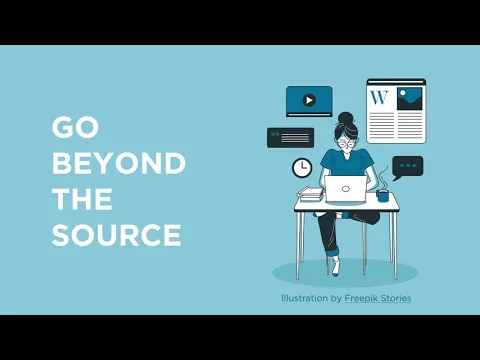This box lives at How To Do Research > Evaluating Information
- Evaluating Information page of the English Comp Canvas Module
- Evaluating Information page of the Evaluating Sources Canvas Module
- Evaluating Information page of the Dimensions/Connections Canvas Module
What's Appropriate to Use in College-Level Work?
Both popular and scholarly sources can be either credible or biased. The internet has broadened the spectrum of and access to lots of different information in many formats.
There are plenty of examples of information sources that are credible, yet still not appropriate to use in college-level work. When it comes to sources that you want to cite in your paper or essay, you'll want to seek out sources that are credible and also scholarly.
This box lives at How To Do Research > Evaluating Information
It is included on the Evaluating Information page of the Dimensions/Connections Canvas Module
What's appropriate to use in your research assignment?
Both popular and scholarly sources can be either credible or biased. The Internet has broadened the spectrum of and access to lots of different information in many formats.
There are plenty of examples of information sources that are credible, yet still not appropriate to use in your research assignment. When it comes to sources that you want to cite in your paper or essay, you'll want to seek out sources that are credible and also scholarly.
Check out this quick Source Evaluation video (3:29) to learn more.

